Carefully planned spaces intentionally include all the materials and activities that children need to grow and develop. Children should also have the opportunity to make choices on the materials that they engage with. Therefore, the indoor environment should be arranged in a way that enables children to easily access the materials they want. Children should engage with materials through a consistent balance of child- initiated and teacher-initiated opportunities.
A well-designed classroom can even prevent challenging behaviors. Minimizing large open spaces where children can run, providing enough center materials so children don’t have to compete, and using visual cues are some ways practitioners can prevent unwanted behaviors.
During their visit, Texas Rising Star assessors will evaluate whether the indoor learning environment is organized to facilitate independent use of materials as children learn in centers. They will also determine whether materials are accessible to all children and reflect a variety of diverse cultures, life roles, abilities, and/or ethnicities.
Stop and Reflect

Is your classroom arranged in a way that is inviting to all children? Are you intentional about the materials children have access to?
How confident do you feel that your classroom:
-
- Supports several kinds of learning experiences?
- Facilitates independent use of spaces and materials?
- Reflects diverse cultures, life roles, abilities, and/or ethnicities in non-stereotypical ways?
What support do you need from your Texas Rising Star mentor to help you create an intentional indoor environment?
Define
Texas Rising Star has five measures related to the indoor environment. Click the links to learn more about these measures.
-
- P-ILE-01: Indoor environment is arranged to facilitate division of interest areas for play (as developmentally appropriate) and allow children to move easily from one area to another; for infants, a variety of stimulating opportunities for learning is provided that may change throughout the day
- P-ILE-02: Equipment and materials portray people in a manner that is non-stereotypical and culturally sensitive
- P-ILE-03: Developmentally appropriate teacher- and child-created visual materials and realistic pictures are displayed at children’s eye level
- P-ILE-04: Equipment and materials reflect children’s interests, appear inviting to children, and are arranged so children know where to find things and may easily select and return items
- P-ILE-05: Equipment and materials encourage hands-on manipulation of real objects
Learn
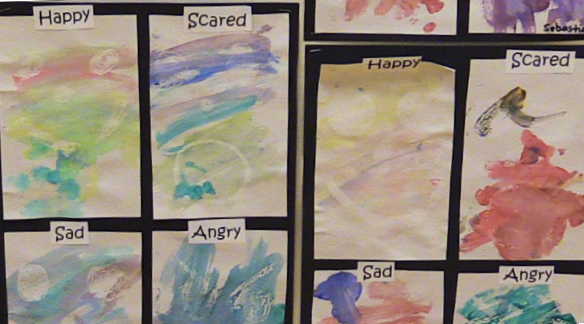
This photo shows a display of toddlers’ artwork along with photographs of the children engaging in the original art activity. Notice that the artwork is displayed at children’s eye level, grouped for each child, and includes labels for the different emotion words.
Age group(s): ToddlerResource Type: Photo Example
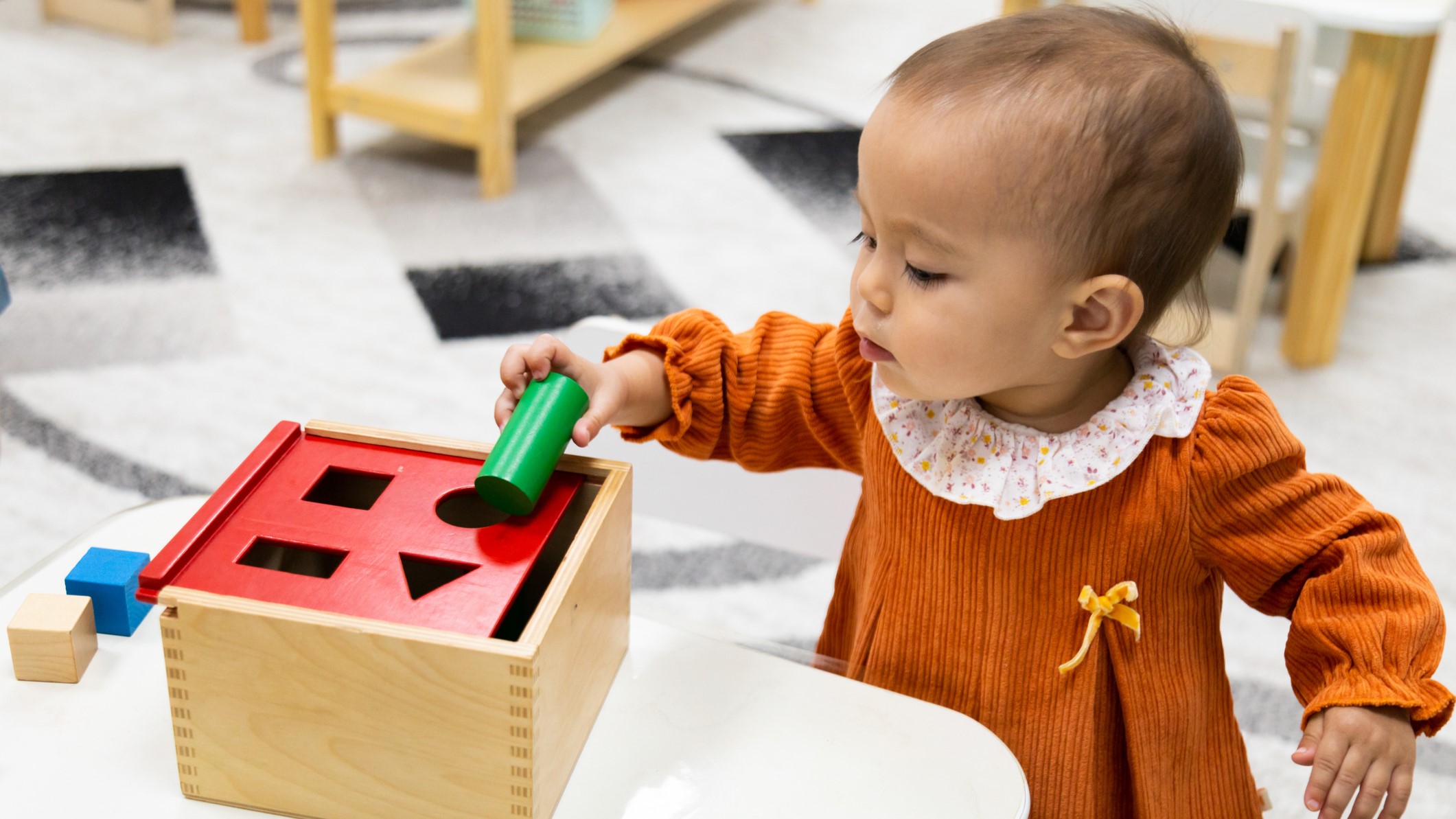
Areas for gross motor play are important for infants to develop strong bodies and to practice new movements. This photo shows a classroom setup that includes soft mats that encourage crawling, sitting, and climbing.
Age group(s): InfantResource Type: Photo Example

This infant classroom has clear play areas with a variety of developmentally appropriate books, toys, and sensory materials. Notice that the materials are organized low to the ground to promote infants’ exploration.
Age group(s): InfantResource Type: Photo Example

Displaying family photographs at eye level is a great way to help children feel connected to their classroom and promote language and conversation. Notice how this infant room has family photos taped to the floor, where they are more easily seen by infants who aren’t yet standing.
Age group(s): InfantResource Type: Photo Example
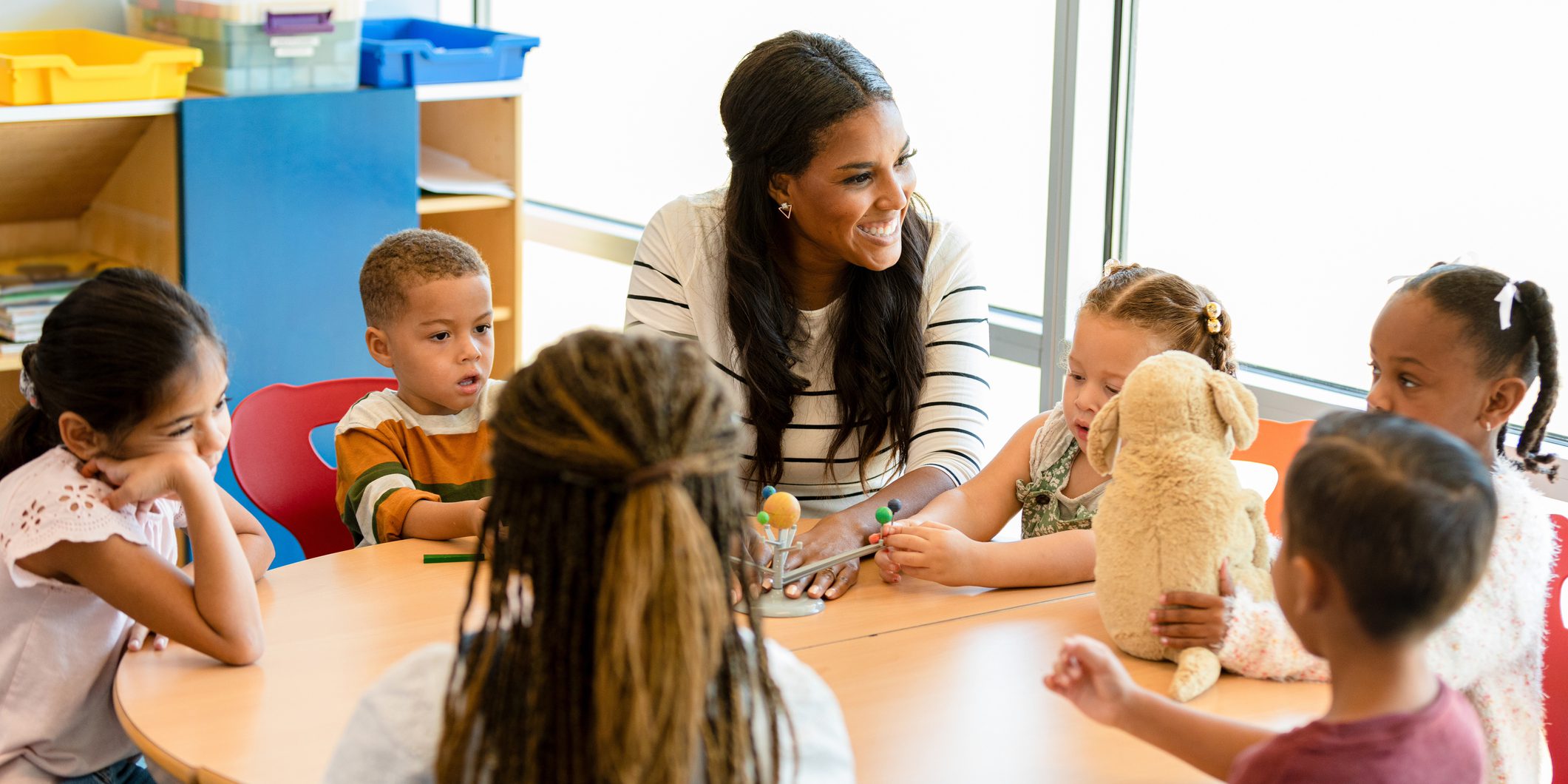
This photo shows a home-based setting with shelves and containers labeled with both words and pictures of the materials. The low positioning of the shelves helps children retrieve the materials independently, and the labels help children return each item to its appropriate place.
Age group(s): Infant, Toddler, Preschool, School-ageResource Type: Photo Example
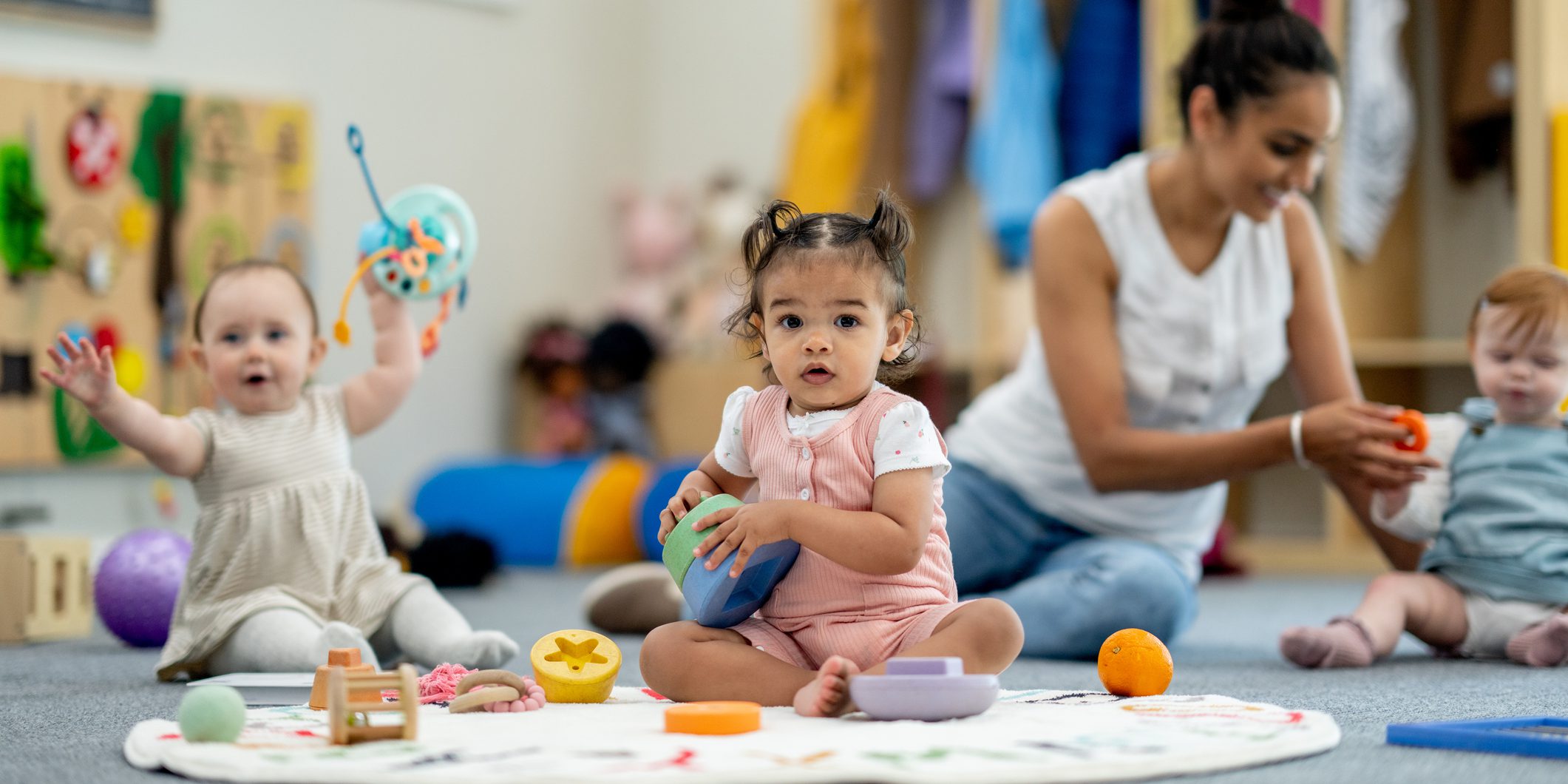
This infant room includes toys organized in containers low to the ground, supporting the infants’ ability to explore. Although infants aren’t likely to return items independently, pictures on the labels help infants learn the words for materials as the teacher encourages returning the items to their containers.
Age group(s): InfantResource Type: Photo Example
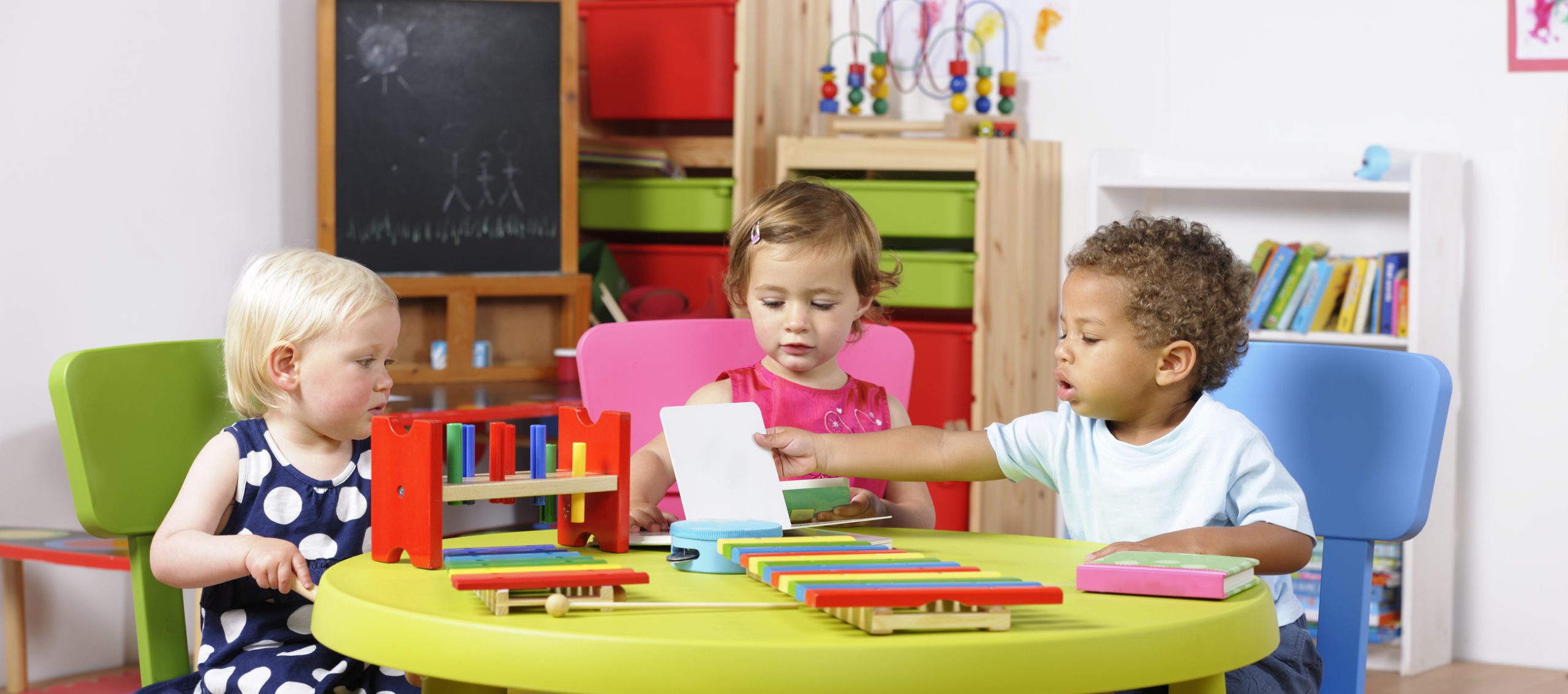
This photo shows a shelving unit in a preschool classroom with developmentally appropriate toys. Many of the materials are organized in containers with labels that include both pictures and words. The shelves are an appropriate height to allow children to retrieve and return items independently.
Age group(s): PreschoolResource Type: Photo Example
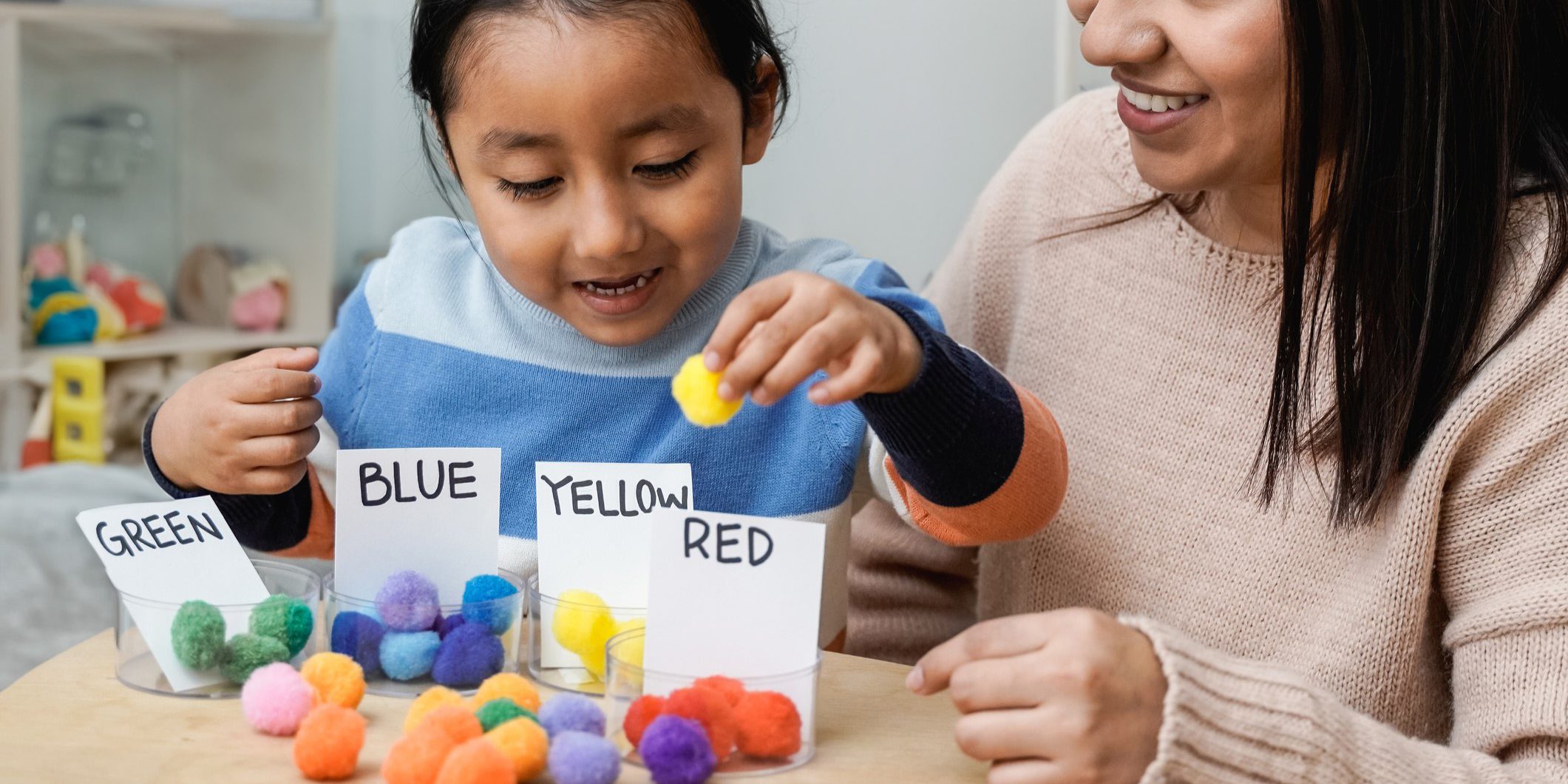
This photo of a shelf in a school-age classroom includes writing and drawing materials clearly labeled with both pictures and words. Although many school-age children are beginning to read, providing labels with pictures supports children who are still building reading skills.
Age group(s): School-ageResource Type: Photo Example
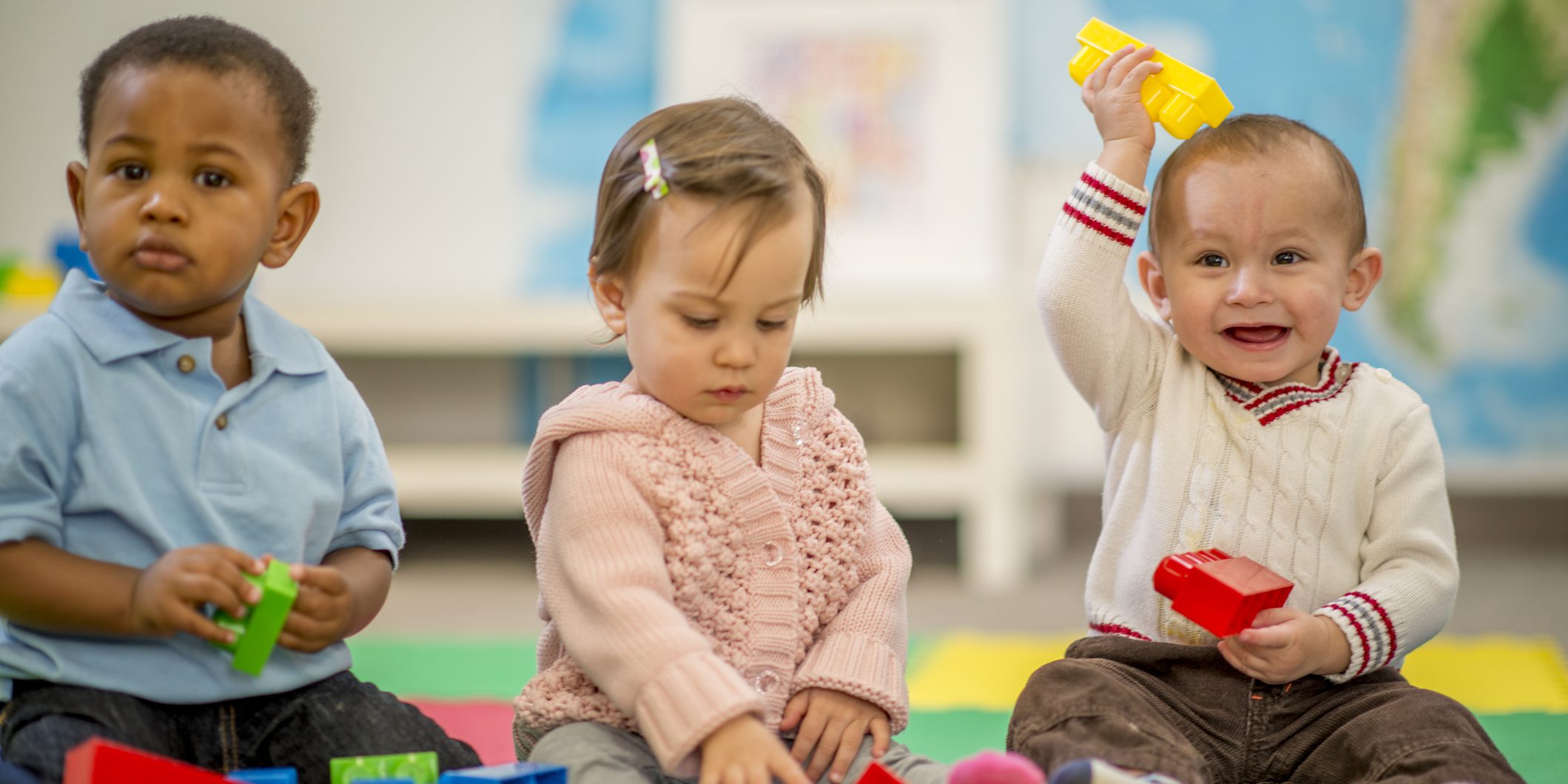
This photo shows a collection of toys on a low shelf in a toddler classroom. Notice that the containers are open, which helps toddlers find the toys. Under each container is a label that has the word and picture of the toys to support toddlers’ ability to return the toys appropriately.
Age group(s): ToddlerResource Type: Photo Example
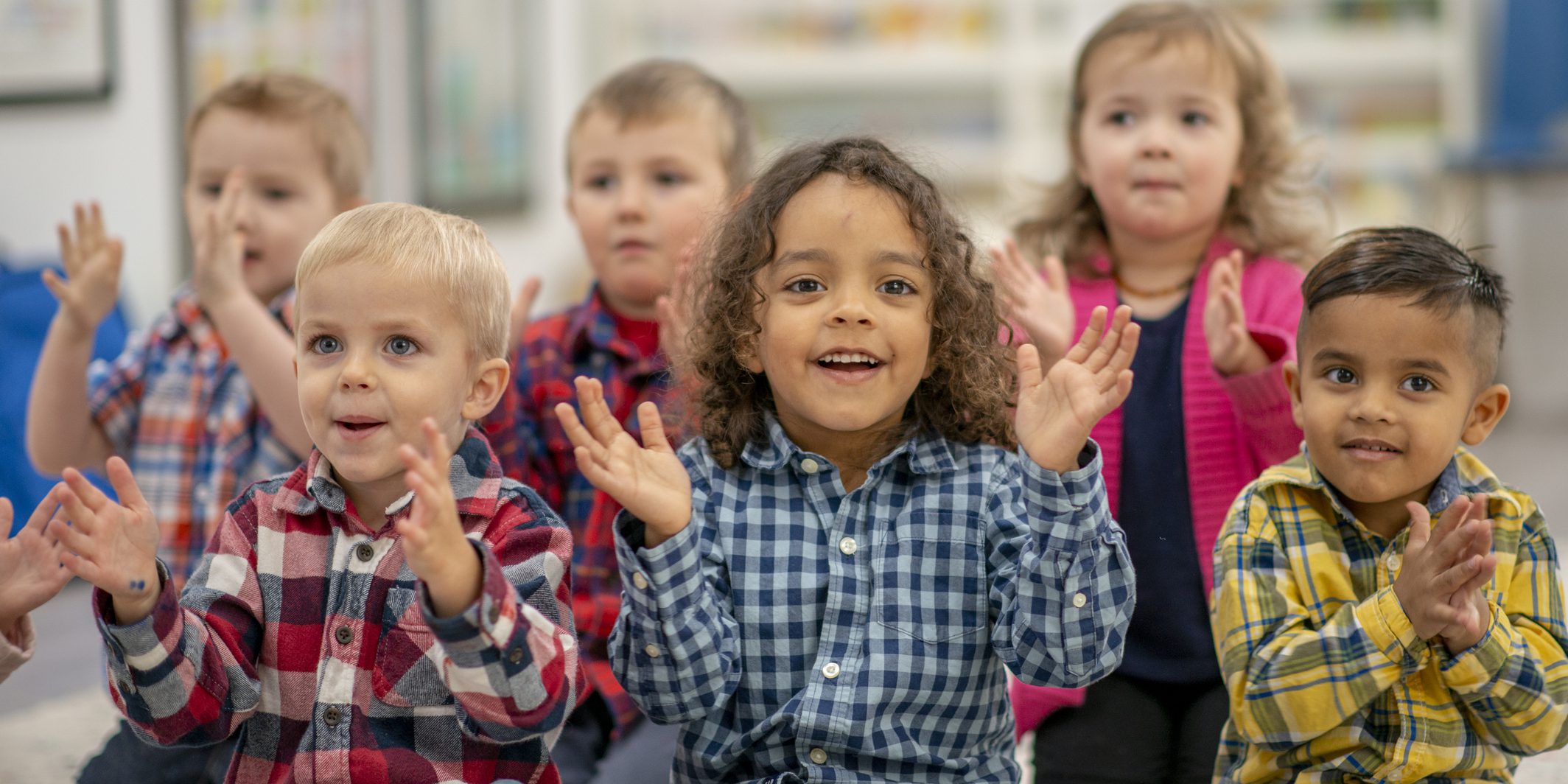
In this home-based example, the provider has displayed realistic pictures of people and animals and recent artwork at children’s eye level.
Age group(s): Infant, Toddler, Preschool, School-ageResource Type: Photo Example
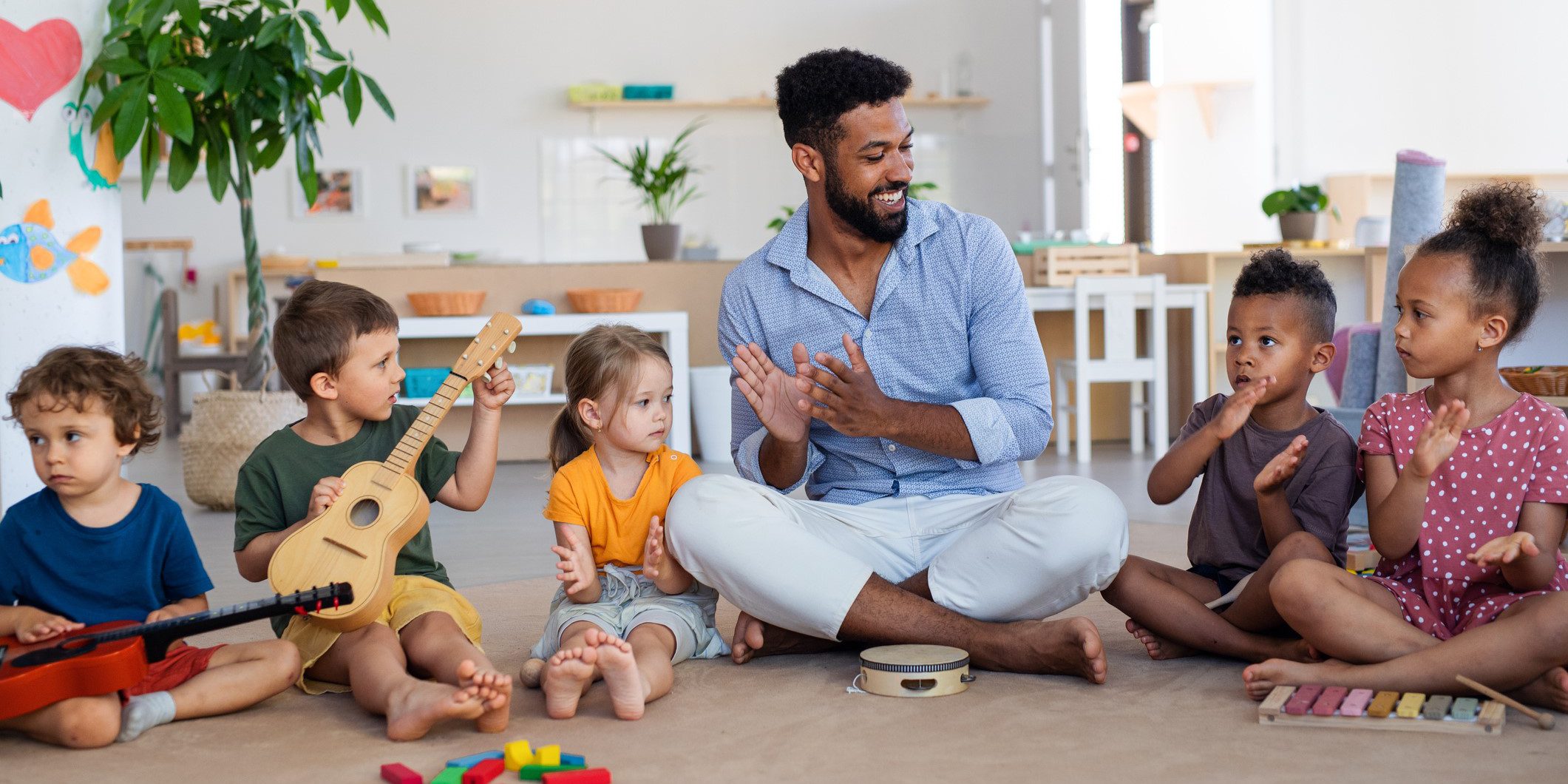
This photograph shows an infant classroom with children’s artwork and realistic photos displayed at children’s eye level.
Age group(s): InfantResource Type: Photo Example
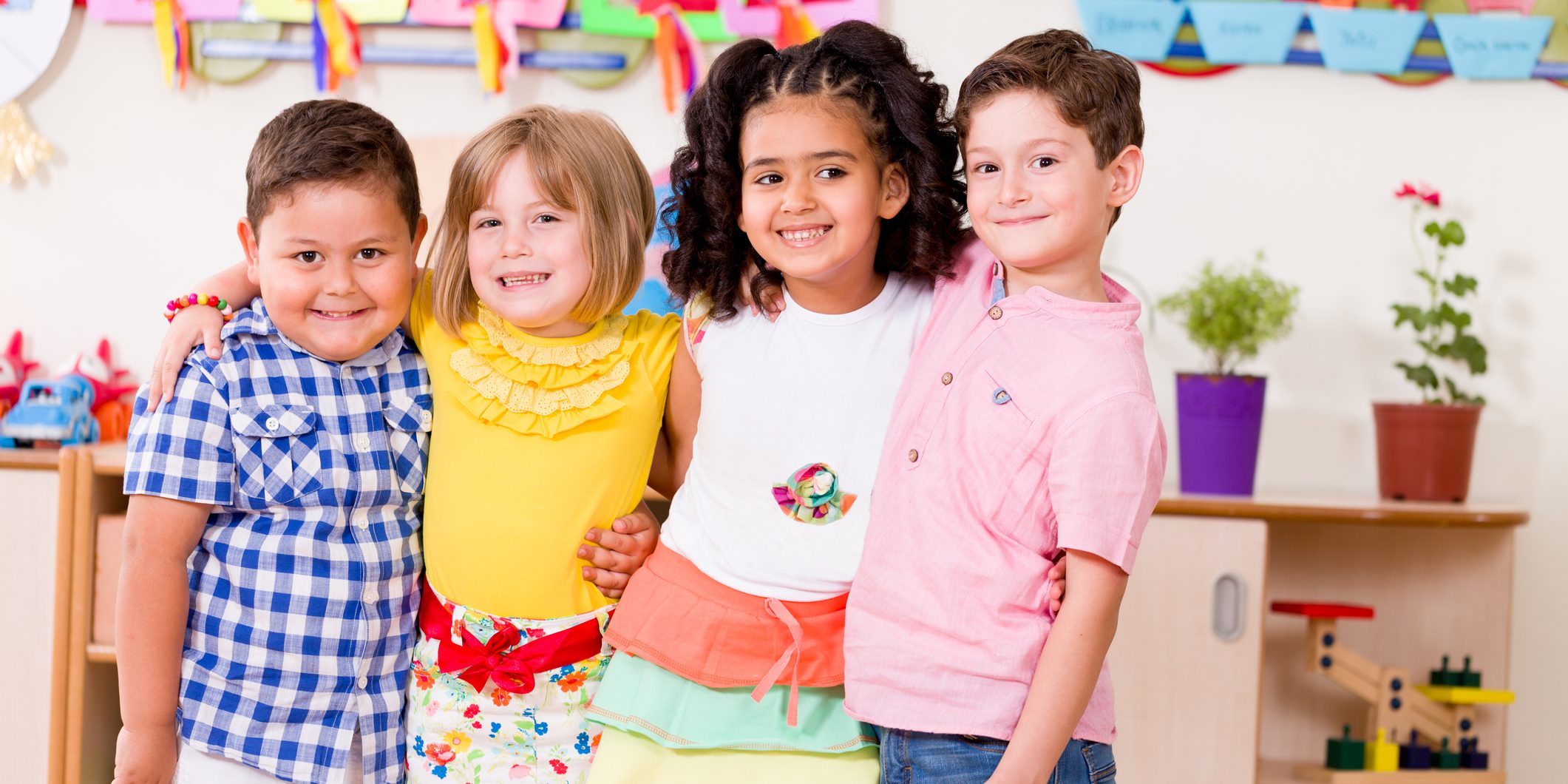
This photo shows a preschool classroom that displays children’s artwork and pictures of realistic animals at children’s eye level. Notice how the artwork and the photos are organized in visual groupings.
Age group(s): PreschoolResource Type: Photo Example
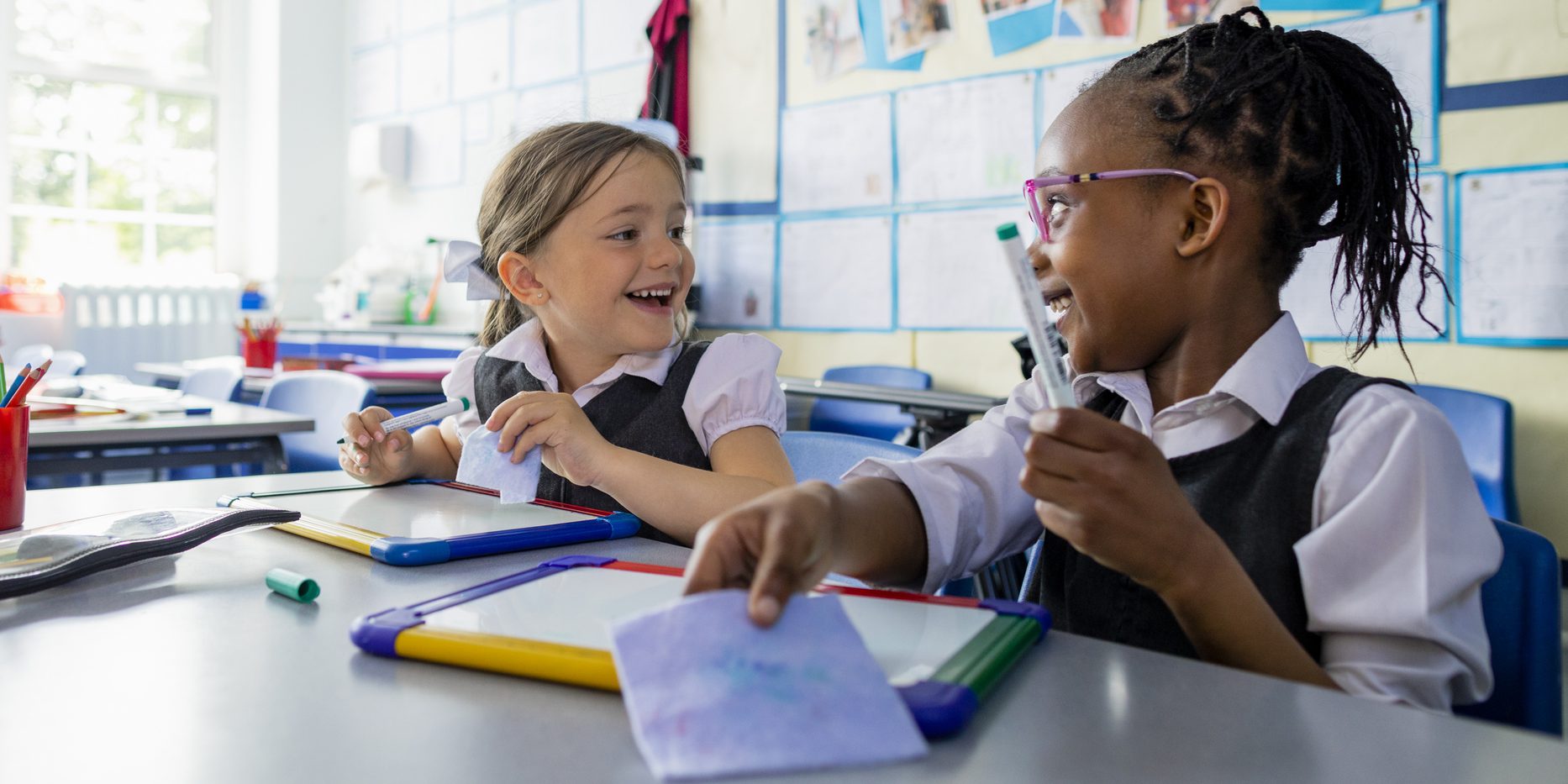
This photo shows a school-age classroom with a variety of children’s artwork, posters, teacher-made displays, and realistic photos.
Age group(s): Preschool, School-ageResource Type: Photo Example

This photo shows toddler classrooms rich with displays of children’s artwork and realistic photos of familiar people and places, all posted a children’s eye level. These displays help children feel pride in their work, feel connected to their classroom, and promote language and conversation.
Age group(s): ToddlerResource Type: Photo Example

This collection of natural objects includes items that promote hands-on manipulation as well as smaller objects that are protected in a clear container.
Age group(s): Infant, ToddlerResource Type: Photo Example
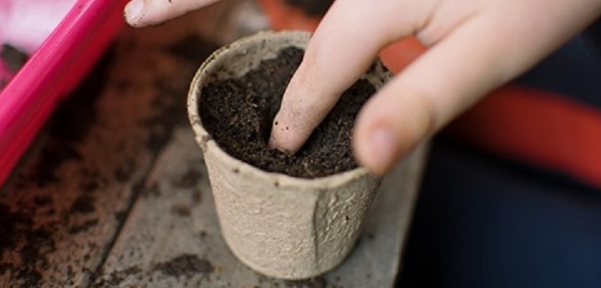
Living plants that children can help care for are a great way to bring nature inside. Dried leaves and seasonal vegetables can also promote exploration and conversation about different plants and seasons.
Age group(s): Infant, ToddlerResource Type: Photo Example
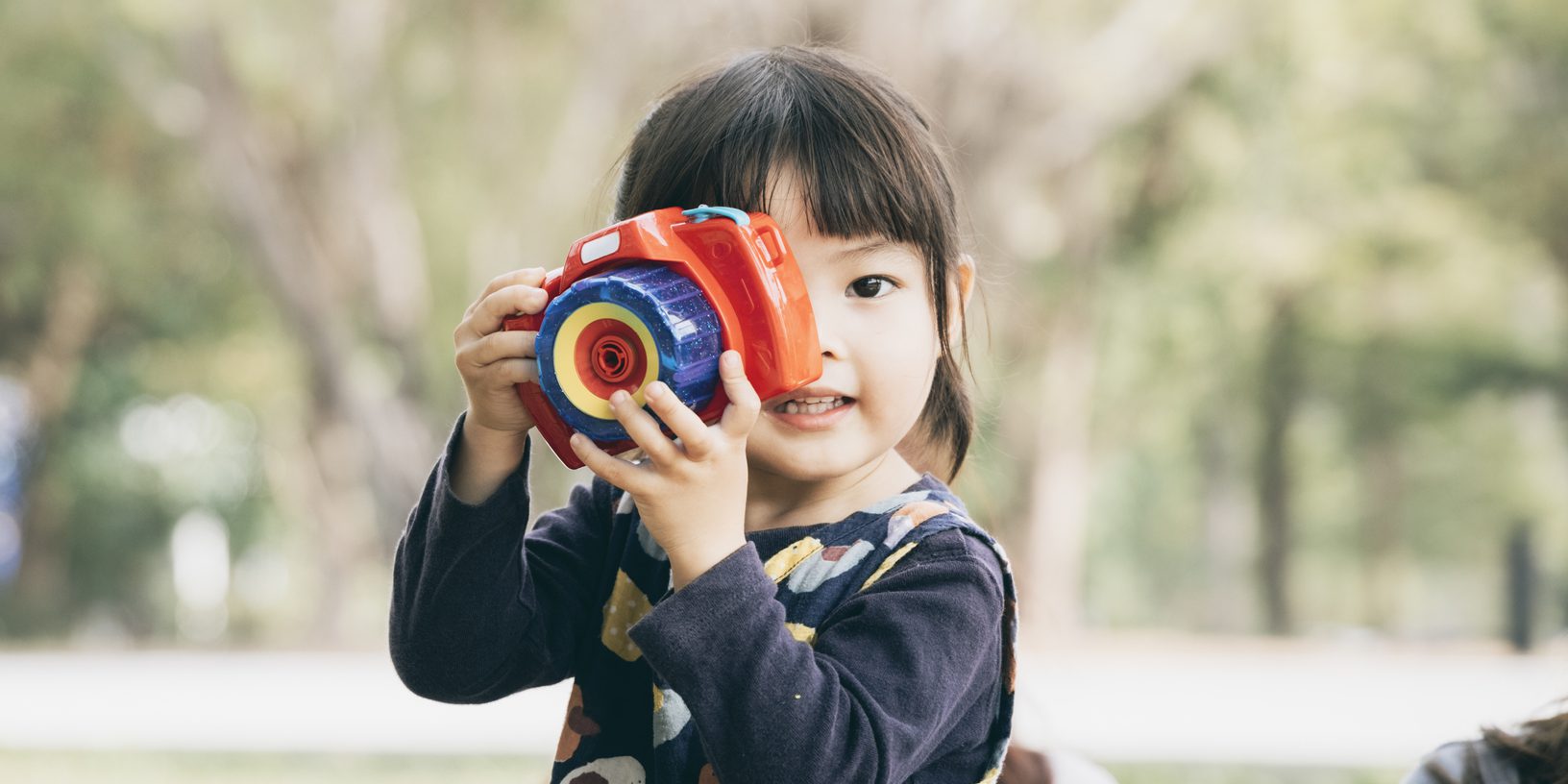
In this photo we see a collection of dolls that are inclusive of different ethnicities and abilities.
Age group(s): Infant, ToddlerResource Type: Photo Example
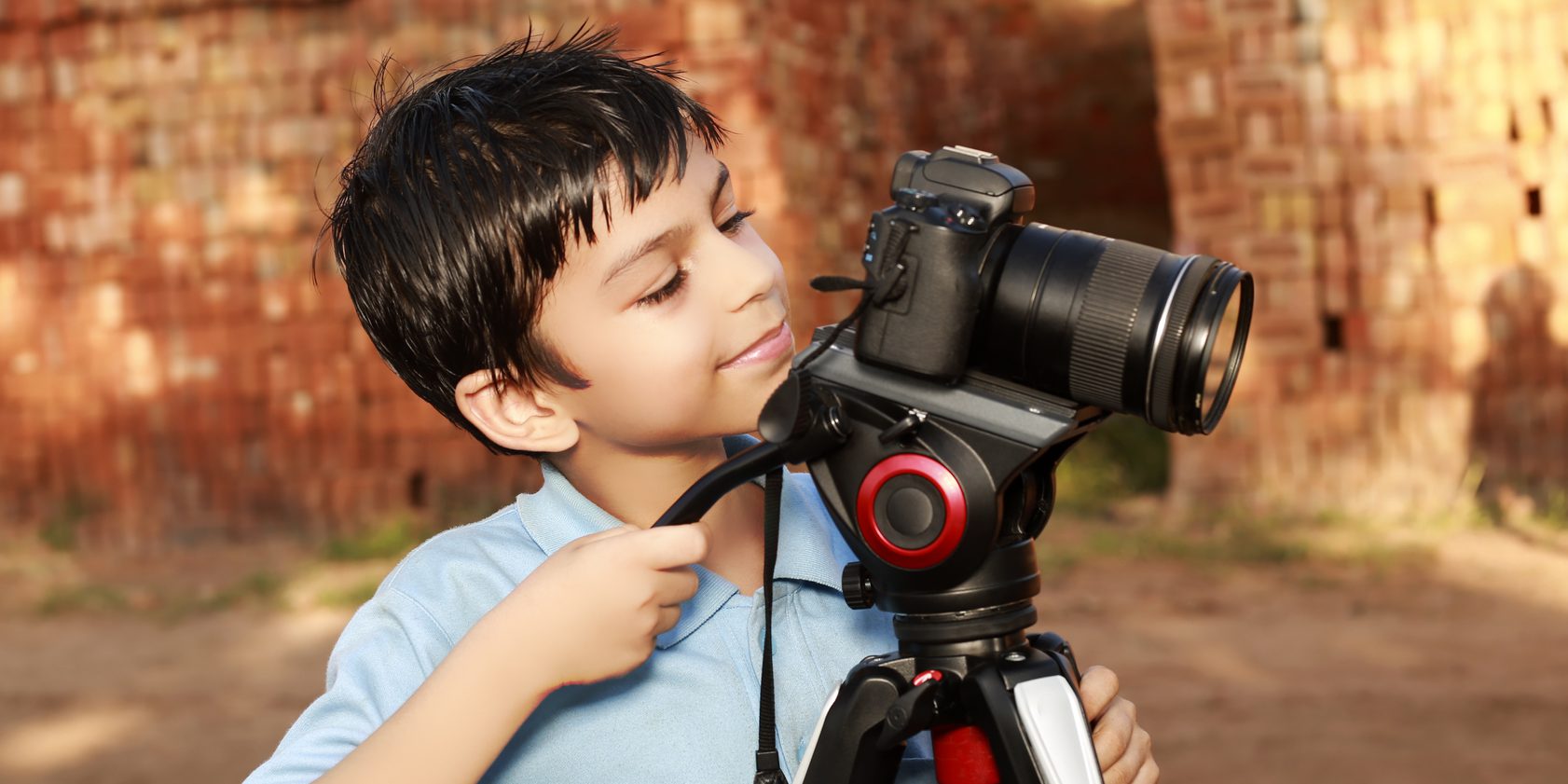
As shown in these photos, classrooms can provide books, pictures, and labels that represent diverse ethnicities, languages, and celebrations.
Age group(s): Infant, ToddlerResource Type: Photo Example
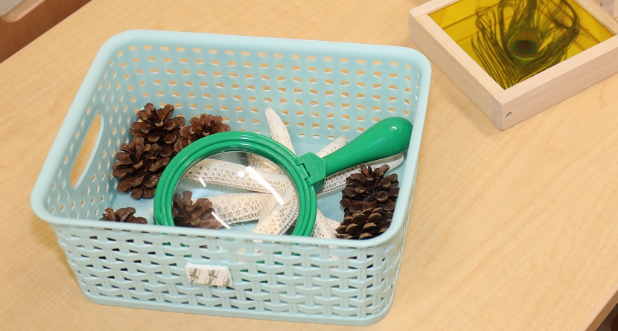
This photo shows examples of real objects provided in the classroom that promote children’s scientific understanding, including a magnifiying glass and various samples from nature.
Age group(s): ToddlerResource Type: Photo Example

This is a closeup photo of an example of a developmentally appropriate science station for toddlers. Materials include magnifying glasses, sensory tubes, and science-related books.
Age group(s): ToddlerResource Type: Photo Example

Creating interest areas can also include a quiet space for toddlers to practice self-regulation. This example photo shows a space with pillows and stuffed animals for comfort and books and pictures to learn about feelings.
Age group(s): ToddlerResource Type: Photo Example

This photo shows a musical center with pictures of musicians and instruments from diverse backgrounds. The labels around the center are also provided in two languages.
Age group(s): Infant, ToddlerResource Type: Photo Example

These books feature realistic pictures of familiar people, places, and objects. Displaying these books at children’s eye level ensures they can engage with them.
Age group(s): ToddlerResource Type: Photo Example

This toddler classroom has multiple interest areas for independent play. Look closely and see a music station, a cozy reading spot with pillows and books, a sensory table, a drawing area, and low shelves with building materials and other developmentally appropriate toys.
Age group(s): ToddlerResource Type: Photo Example
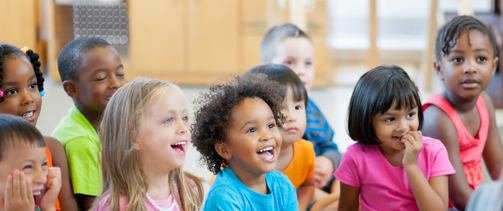
This example of a simple daily schedule includes realistic photographs of children at each timepoint across the day. The photos and the placement of the schedule at children’s eye level help children know what to expect in the daily routine.
Age group(s): ToddlerResource Type: Photo Example
